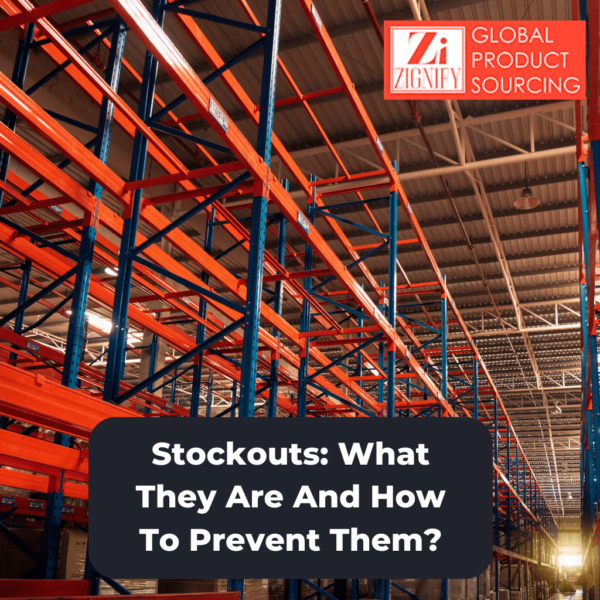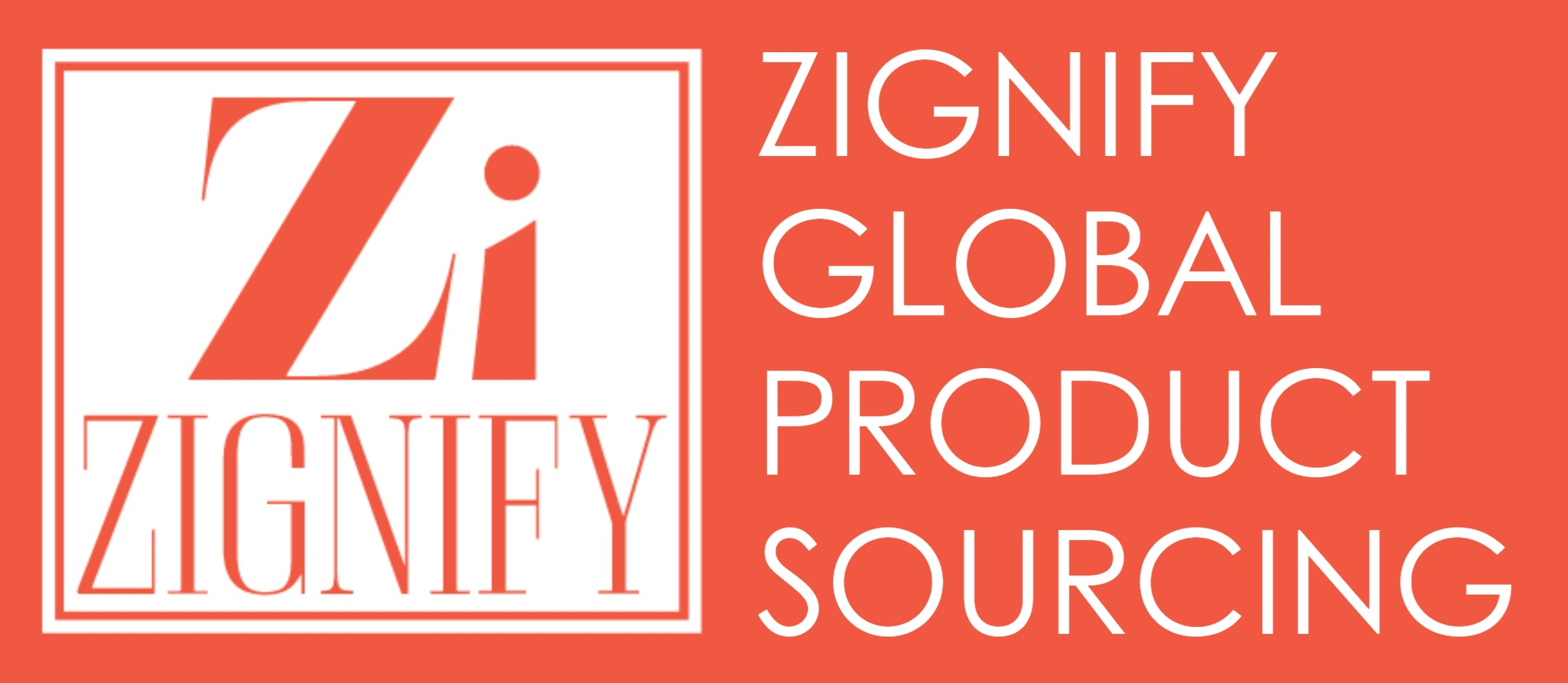
Stockouts are a significant concern for businesses of all sizes and industries. They occur when a company runs out of a product that’s in demand, leaving customers frustrated and potential sales on the table.
Studies reveal that 7% to 25% of consumers faced with a stock-out will continue shopping but won’t buy a substitute for their desired item at the store; 21% to 43% will actually go to another store to buy the item.
In this article, we’ll explore what stockouts are, their consequences, and, most importantly, how to prevent them. We’ll break down the causes of stockouts, delve into strategies for effective prevention, and provide real-world examples to illustrate the concepts.
Understanding Stockouts
A stockout, in simple terms, is when a business does not have enough inventory to meet customer demand for a particular product. For businesses, this situation can be equally frustrating, as it can result in lost revenue, dissatisfied customers, and even damage to their reputation.
Consequences of Stockouts
- Customer shops elsewhere: The most immediate and tangible consequence of a stockout is lost sales. When a customer is unable to purchase a product due to stockout, that sale is gone, and the revenue is lost.
- Dissatisfied Customers: Customers who experience stockouts are likely to be disappointed, and some may never return to your business. They might also share their negative experience with others, potentially damaging your brand reputation.
- Increased Costs: Stockouts can lead to rush orders, expedited shipping costs, and overtime for employees trying to restock quickly. All of these can increase operational costs.
- Customer backorders: It is not as ideal as when the customer agrees to wait for the order to be complete, but the order is still being fulfilled. Nevertheless, the customer’s satisfaction level is still significantly reduced.
- Disrupted Supply Chain: Stockouts can disrupt your supply chain, causing delayed shipments and impacting other products or orders.
- Customer waits. If the item is vital to the customer, then they may be prepared to wait. Despite this willingness, there may be significant damage to the customer’s satisfaction level.
Causes of Stockouts
Understanding the causes of stockouts is the first step towards preventing them. Let’s explore some common reasons for stockouts:
- Inaccurate Demand Forecasting: If a business underestimates the >demand for a product, it might not order enough to meet customer needs.
- Lead Time Variability: Suppliers’ lead times can vary, and if a business does not account for this variability, they might experience stockouts when suppliers can’t deliver on time.
- Seasonal or Promotional Fluctuations: Businesses often face fluctuations in demand due to seasonal factors or promotional events. If these variations aren’t factored into inventory planning, stockouts can occur.
- Inadequate Safety Stock: Safety stock is the buffer inventory kept to address unexpected spikes in demand. Not having enough safety stock can leave a business vulnerable to stockouts.
- Supply Chain Disruptions: Unexpected events, such as natural disasters, transportation issues, or global crises like the COVID-19 pandemic, can disrupt the supply chain and lead to stockouts.
How to prevent stockouts
Now that we’ve identified the causes and consequences of stockouts, let’s explore strategies to prevent them:
- Accurate Demand Forecasting: Invest in data analytics and forecasting tools to better predict demand. Historical sales data, market trends, and customer feedback are invaluable resources for forecasting.
- Safety Stock: Maintain an appropriate level of safety stock to account for unexpected demand fluctuations. The ideal amount of safety stock can vary by industry and product type, so consult experts or use inventory management software to determine what’s best for your business.
- Supplier Relationships: Foster strong relationships with your suppliers. Open communication and mutual trust can help you navigate lead time variability and other supply chain challenges.
- Just-In-Time (JIT) Inventory: JIT inventory management minimizes excess stock by ordering products only when they’re needed. While it can help reduce carrying costs, it requires meticulous planning and a reliable supply chain.
- Diversify Suppliers: Relying on a single supplier can be risky. Having multiple suppliers can provide a safety net in case one faces disruptions.
- Monitor Inventory Levels: Implement a robust inventory management system that tracks stock levels in real time. This can help you react quickly to low inventory and prevent stockouts.
Real-World Examples
Let’s take a look at a couple of real-world examples to illustrate the importance of preventing stockouts:
- The Apple iPhone Launch: Every time Apple launches a new iPhone, there’s a massive surge in demand. To prevent stockouts, Apple invests heavily in demand forecasting, safety stock, and supplier relationships. They often have customers lining up for hours, if not days, to get their hands on the latest model, but rarely experience stockouts.
- Amazon Prime Day: Amazon’s annual Prime Day event is known for its exclusive deals and discounts. To prevent stockouts, Amazon coordinates with its vast network of suppliers and distribution centers to ensure that they can meet the increased demand during this event. They use their sophisticated logistics and inventory management systems to prevent stockouts and keep customers satisfied.
How Zignify Prevents Stockouts
Zignify Global Product Sourcing Company is a vital ally in the battle against stockouts, thanks to our proficiency in demand forecasting. They utilize advanced data analytics and market insights to help businesses accurately anticipate customer demand, allowing clients to maintain the right inventory levels and effectively minimize the risk of running out of popular products.
We foster robust supplier relationships by working together with suppliers in an open and honest way. We help companies deal with changes in lead times and problems in the supply chain. This lowers the chance of running out of stock and makes sure that products are always available on time.
Partner with Zignify Global Product Sourcing Company and take proactive steps towards stockout prevention. >Contact us now to enhance your inventory management, improve supplier relationships.
Conclusion
Stockouts can have a severe impact on your business’s bottom line and reputation. Understanding their causes and implementing effective prevention strategies is essential. Accurate demand forecasting, safety stock, supplier relationships, and real-time inventory monitoring are crucial tools in your arsenal.
By taking proactive steps to prevent stockouts, you can ensure that your customers always find what they’re looking for and that your business continues to thrive.
